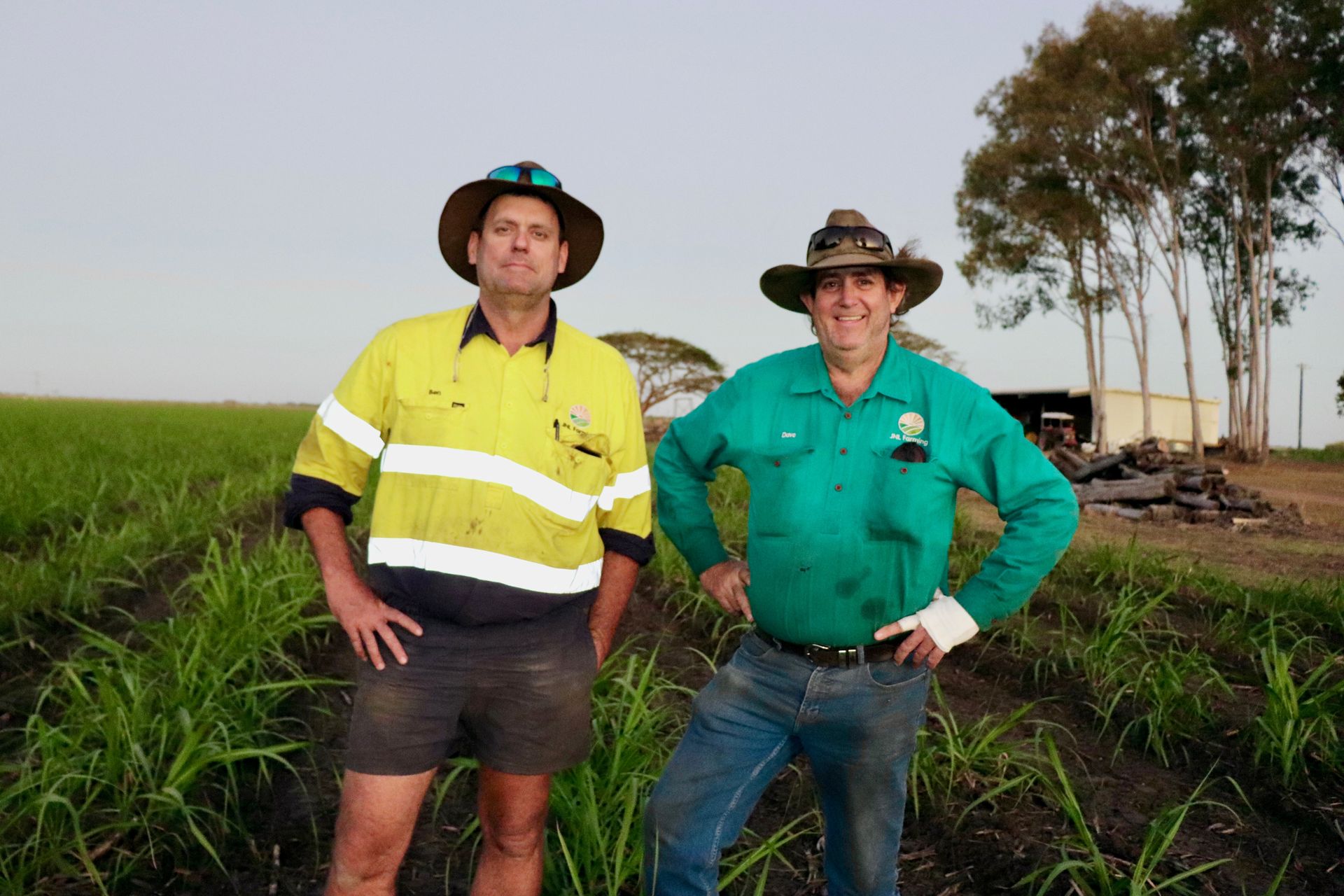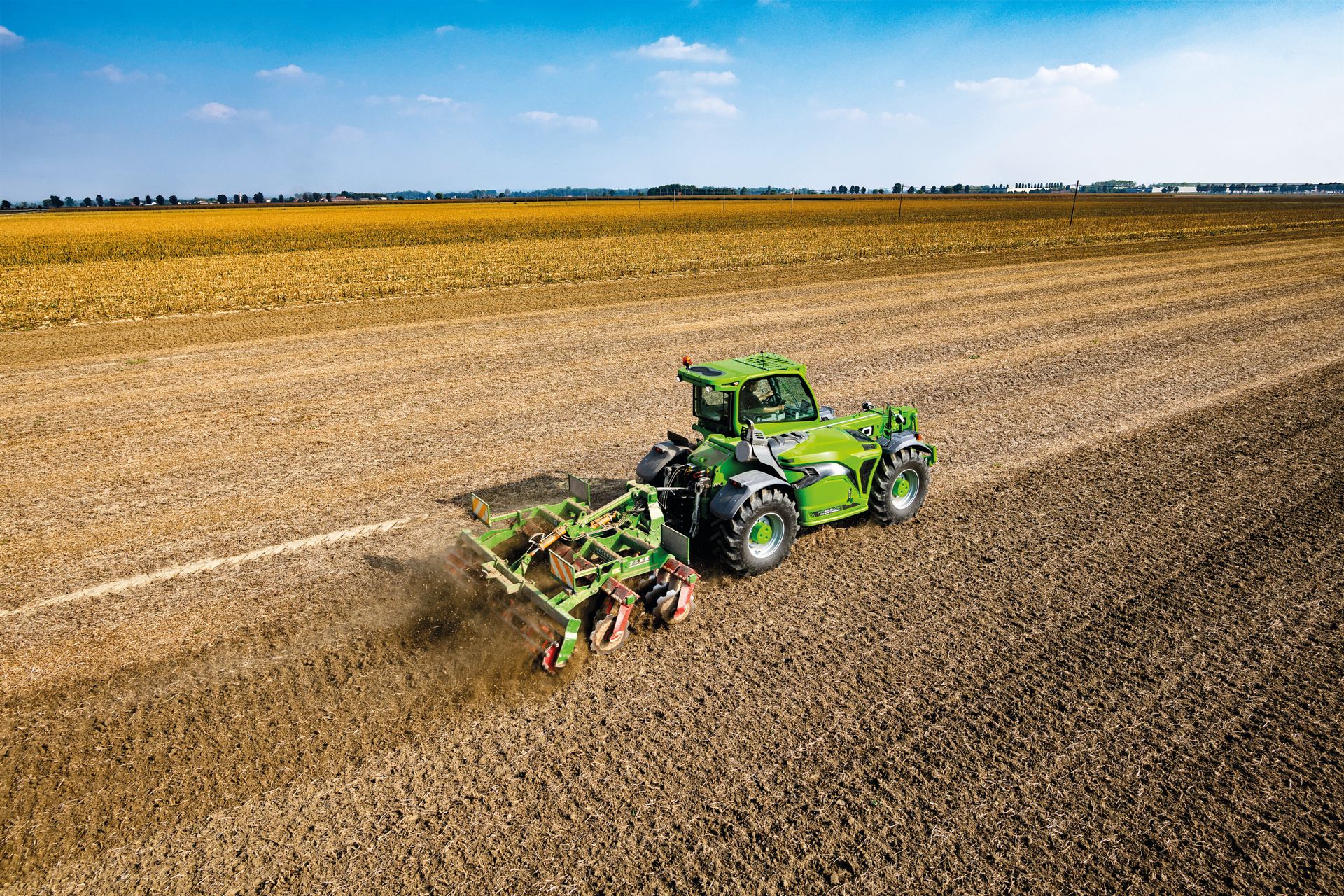1MG FlippingBooks
Solar pumps and improved planning the key to on-farm cost reduction
Rod Ennor of Irrigation Warehouse Group is a successful self-made rural businessman, conscious of business realities and numbers. But beyond that he is passionate about farmers, water and the potential of solar pumps. He deals daily with the farming community nationally. Maybe that is where his plain speak comes from – some might call him blunt.
“I had to call a customer an idiot the other day, with good reason,” says Rod. “After talking to me for six months about new solar pumping, he called in a panic because his system had broken down. He needed a new pump in one day!”
Rod worked over time, fearing it would take a week, but managed it in two days.
“There are two types of farmers in Australia, I reckon,” says Rod. “We have a growing number of serious business-like farmers who plan, think and run their farms as businesses. Then we have the rest, in various degrees. I call them the emotional farmer.”
“The ones who just wing it, do things as they have always done it, won’t analyse and don’t know numbers. Believe it or not, I encounter a lot of farmers who don’t know how much they are paying for electricity each year, or they calculate it incorrectly. Though they do generally know how much they pay for fuel. This makes no sense, especially in our current environment where energy prices are escalating.”
Where is this going, I wonder? I had called by to enquire about solar energy and the predicted rise in use, said by many to be near a tipping point. So I push the point.
“Yes, I think we are set for significant growth. Power prices are going up, and solar panel capacity is going up – with prices remaining the same. A panel that cost the same just a couple of years ago generated 175KW. Today the same panel gives 300KW. In another year, at the same cost, it will be 350KW.”
I ask Rod what the farmer needs to know about solar pumps.
“First, buy quality – a Grundfos pump, which we recommend, will last 10-20 years and is a great product. Avoid cheap imports, many of which might make it only two years. One firm which was importing such rubbish for $200 and selling them for $800 went bankrupt.”
Then he leaps to his computer and pulls up an excel sheet. “Look here, I’ve laid out the figures, and spend a lot of time educating people on this. It’s based on a reasonable 5 per cent per annum increase in energy – some say it will be higher, but I keep it conservative.”
I peer onto a sheet of neat columns spread over 25 years.
“The point is getting the farmer to think in timeframes of at least 5-25 years. The business-like ones will do this, the others maybe not, at their cost.”
He points at a bottom line. “On this sheet, with a farmer, I can change the costs and inputs to explain his or her precise situation.”
I read a 25-year saving of $269,000 from solar versus grid electricity costs of over $10,000 a year as the balance for what Rod describes as a middle size farm operation.
“Planning, thinking and accurate numbers are what our farmers need most,” says Rod. “Solar power is provably excellent and we are selling well, but my bigger concern is the farmer’s overall approach, especially those in the emotional category. Adequate planning and thinking can be applied to a lot of things and will make a big difference.”















